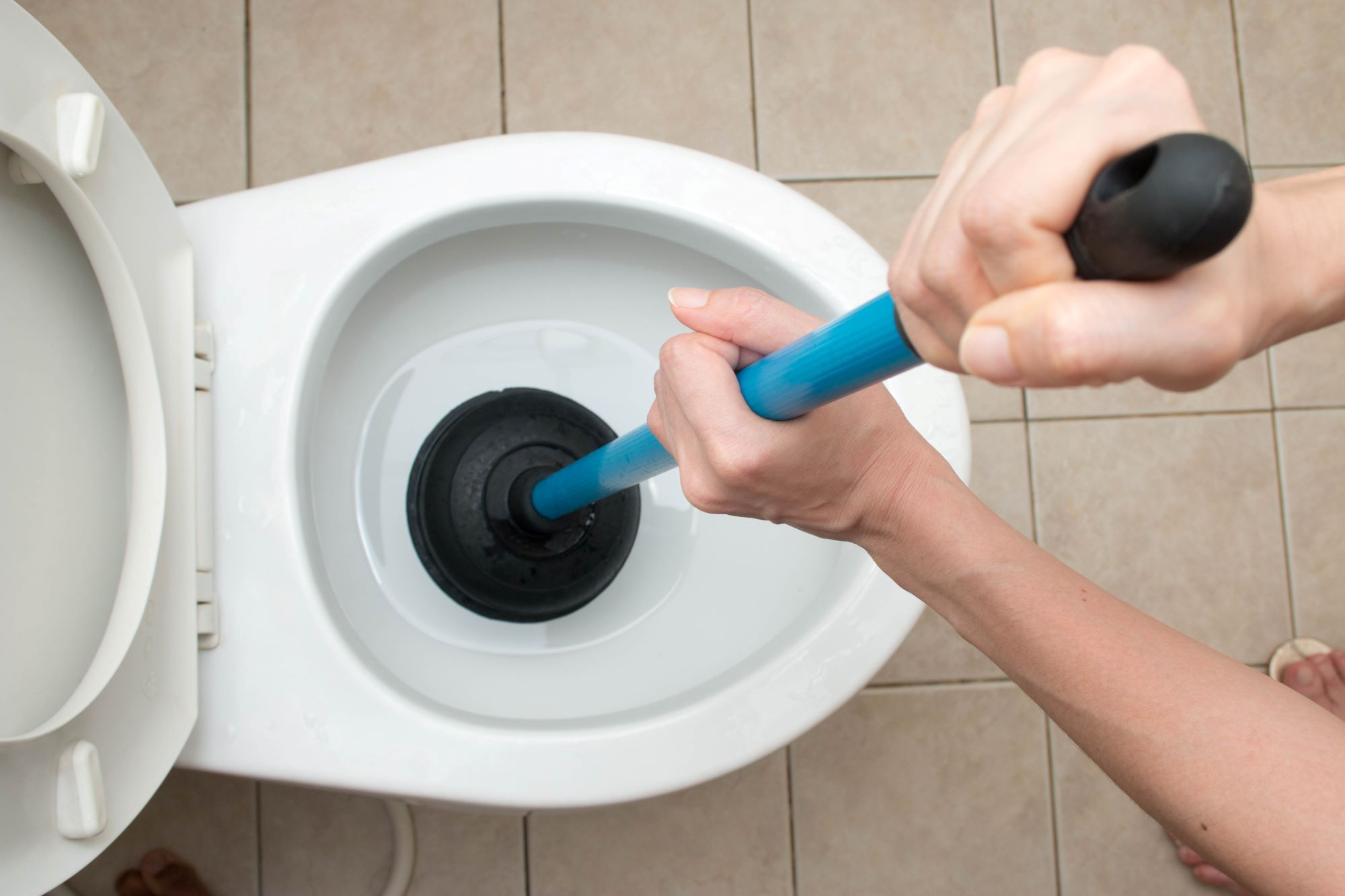6 Common Causes Of Clogged Toilets
2023.05.21

The toilet is perhaps one of the most under-appreciated fixtures in your home. Most people don't think much about it until it stops working. And when it does, it can be quite unpleasant to deal with.
In general, clogging is one of the most common issues that plague toilets. While some clogs may cause minor, temporary issues that can be resolved with a few flushes, others can be more problematic, leading to significant water damage and unpleasant sight.
Fortunately, knowledge is the best solution for such a problem. Understanding the factors that contribute to a toilet clog is crucial for prevention and determining the appropriate steps to take when faced with a clog. If you encounter a toilet clog, regardless of the cause, it is recommended to contact a professional plumber such as Dan's Plumbing. They possess the necessary expertise and tools to address persistent toilet clogging. They also share valuable insights and tips, either personally or through their Twitter page, to prevent clogging issues.
This article will outline the most common causes of toilet clogs that you should be aware of and take measures to avoid.
1. Flushing Too Much Toilet Paper
Although toilets are designed for flushing down bodily waste, many people also include toilet paper in the process. While most modern toilets can dissolve and flush toilet paper without any problem, excessive amounts can lead to buildup and chronic clogging.
It's recommended to have a garbage can next to the toilet for disposing of used tissue paper. Alternatively, you can follow a few tips to prevent blockages caused by excessive toilet paper usage.
For instance, you can adopt a double flush method by first flushing away the bodily waste and then flushing the toilet paper. This approach minimizes the risk of flushing excessive waste at once, which can lead to buildup. Additionally, it is advisable to fold the tissue paper instead of crumpling it, as this reduces the likelihood of it becoming trapped in the drain. If you encounter a clog caused by toilet paper, it can usually be resolved using a plunger.
2. Flushing Foreign Objects
Besides toilet paper, homeowners may unintentionally or intentionally flush objects that should not be flushed.
For instance, most people are guilty of flushing baby wipes, feminine hygiene products, cotton balls, and other small trash from the bathroom. Unfortunately, most objects don't dissolve in water and create severe blockages.
Sometimes, foreign objects can accidentally fall into the toilet bowl, such as razor blades or small toys flushed down by children for amusement. These items can cause significant pipe clogging and result in toilet backups.
3. Mineral Buildup
If you reside in an area with hard water, mineral buildup can be a contributing factor to blockages not only in your toilet but also in other drain pipes throughout your home. Hard water means water rich in mineral deposits, including calcium and magnesium. You'll know you have hard water if your water pipes and fixtures have white, crystalline formations.
Over time, mineral deposits from hard water can gradually accumulate on your pipes. Eventually, they reach a size that obstructs the flow and prevents your toilet from effectively flushing waste.
4. Ineffective Flush
A low-flush toilet is marketed as a sustainable solution. It helps reduce the water used to flush your toilet, keeping water usage and bills as low as possible. However, due to their low flush mechanism, this type of toilet may cause clogging.
Low-flush toilets typically have insufficient power to effectively propel waste into the drains. This can result in waste accumulation and persistent clogging. Fortunately, newer low-flush toilet models have been designed with improved flushing capabilities to prevent such clogging issues while still maintaining water efficiency.
5. Tree Roots
Tree roots scour the ground for moisture and nutrients. Thus, they're often attracted to underground pipes, particularly if it has small leaks. Gradually, tree roots will move toward the leak, where they can grow and puncture your plumbing pipes.
This can lead to significant damage, resulting in concurrent drain clogs throughout your home. If your clogged toilets and drains are caused by tree roots, excavation will be necessary to remove the tree roots and repair the drain.
6. Wear And Tear
Deterioration of toilet pipes, particularly in older homes, can lead to severe clogging. Aging concrete or clay pipes may disintegrate over time, and significant weather fluctuations can subject the pipes to constant pressure, resulting in contraction and expansion that exacerbate wear and tear.
Over time, toilet pipes will crack or be pushed out of connection, impacting the sewer system's flow. If a disconnection occurs, water can't flow freely, causing slow flushing or backups.

Takeaway
Nobody should ever experience a clogged toilet, particularly the more serious ones that cause backups and water damage. You never want to see what comes back and overflows in your bathroom, leading to extensive harm. Thus, it's essential to recognize and understand the common causes of clogged toilets and the potential for water damage. This way, you can be mindful of correctly using the toilet and implement the necessary precautions to prevent expensive damage to your toilet and overall plumbing system.
More Articles
Copyright © Fooyoh.com All rights reserved.